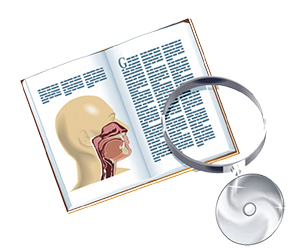New rhinosinusitis consensus statement sorts through a mountain of research to offer evidence-based pathology and therapy guidelines


New rhinosinusitis consensus statement sorts through a mountain of research to offer evidence-based pathology and therapy guidelines

Based on the only randomized controlled trial, external DCR provides a superior outcome to endoscopic DCR with regard to symptoms at 1 year follow-up

Submucosal resection combined with lateral displacement considered most effective in cases of inferior turbinate hypertrophy

Research shows that post-surgery tonsillectomy may be needed in up to 29% of pediatric adenoidectomy cases

Regular follow-up endoscopic examinations advised to monitor recurrence, potential for malignant transformation

Topical antibiotics are not recommended as first-line treatment for routine chronic rhinosinusitis

Flexible nasal endoscopy best to gauge adenoid size; lateral neck x-ray can be used for children unable to cooperate with endoscopy

Submucosal resection combined with lateral displacement is most effective at decreasing nasal obstruction caused by inferior turbinate hypertrophy

Balloon catheter sinuplasty appears safe for use among pediatric patients with chronic recurrent sinusitis

The optimal regimen is weekly debridement until normalization, or at least stabilization, of the endoscopic exam